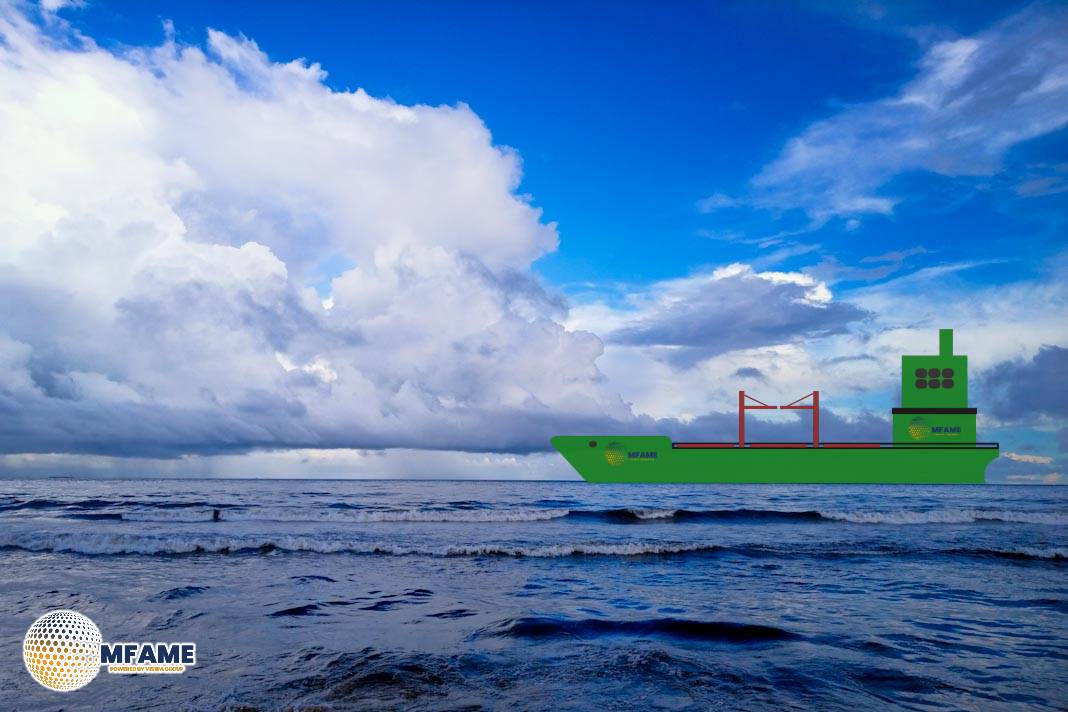The global tanker market is entering a new phase of divergence. The once-synchronized movement of “clean” product tankers and “dirty” crude carriers is beginning to split, shaped by differing supply and demand dynamics, reports Platts.
While crude tanker rates are being buoyed by increased oil production and longer voyage distances, clean tankers are driven by shifting trade routes and constrained vessel supply.
Crude carriers ride the production wave
The crude, or “dirty,” tanker segment is reaping the benefits of rising oil production across multiple regions. The reversal of voluntary production cuts by major exporters and steady output growth from the United States have begun to increase long-haul crude movements. This surge in tonne-mile demand—the distance multiplied by the volume of cargo—has tightened available capacity and supported freight rates for larger crude carriers.
Spot earnings for major vessel classes such as Suezmaxes and LR1s have moderated slightly compared to earlier highs but remain healthy by historical standards. As more barrels move over longer distances, the supply of available tonnage remains under pressure, reinforcing a positive environment for crude tanker owners.
Product tankers find strength in trade shifts
The clean tanker market, which transports refined products like gasoline, diesel, and jet fuel, is experiencing a different kind of momentum. The redirection of trade flows, particularly after the reshaping of Russian diesel exports, has lengthened voyage routes as buyers source products from new suppliers in the Americas and elsewhere. This shift has added tonne-miles to the clean sector, bolstering freight rates.
However, the clean tanker fleet is growing slowly. With a limited number of newbuild orders, ongoing fleet aging, and some vessels switching between clean and dirty trades, supply remains tight. The combination of evolving trade routes and limited capacity has kept rates firm, especially for Medium Range (MR) tankers.
Fleet tightness supports both segments
Across the broader tanker market, supply remains constrained. Global fleet growth is minimal, and the orderbook represents only a small fraction of the existing fleet for the next several years. Many shipowners have been reluctant to commit to newbuilds amid regulatory uncertainty and decarbonization pressures, creating a gap between retiring vessels and replacement tonnage.
This limited fleet growth underpins market strength for both clean and dirty segments, though for very different reasons. Crude tankers are thriving on expanding output and longer voyages, while clean tankers benefit from altered trade routes and supply inefficiencies.
Did you subscribe to our daily Newsletter?
It’s Free Click here to Subscribe!
Source: Platts
























